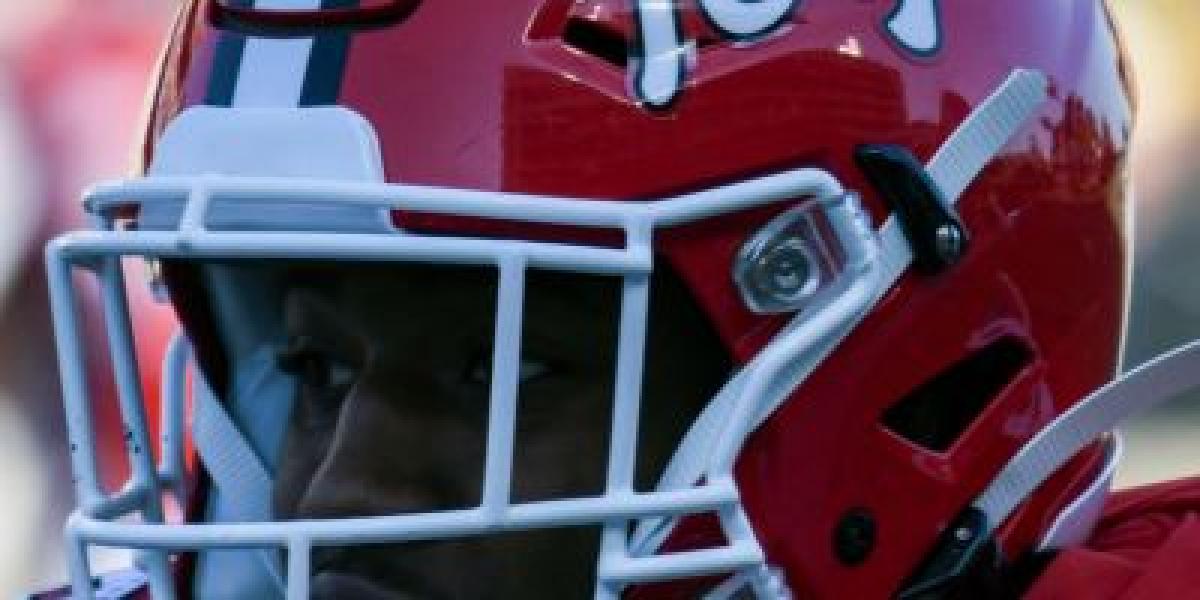In the early days, simplicity reigned. Solid gold helmets emblazoned with a single black number embodied the stoic elegance of the Terrapin era. This classic look, reminiscent of the roaring twenties, echoed the grit and resilience that defined both the team and the Maryland landscape.
But change, like the Chesapeake Bay tides, ebbed and flowed across the gridiron. In 1953, the gold morphed into a striking black, a modern twist that mirrored the emerging national trend. This dark knight phase, adorned with a distinctive white "M," lasted for nearly two decades, witnessing moments of glory like Darryl Jackson's iconic 1953 punt return touchdown against Nebraska.
The true Terrapin identity, however, resurfaced in 1972. The shell returned, this time emblazoned in black and gold stripes, evoking the rippling scales of its namesake. This design, a subtle ode to the team's nickname, resonated with fans old and new, cementing itself as the program's most recognizable emblem.
But even shells evolve. In 1995, the Maryland script replaced the simple "M" on the side, adding a touch of collegiate elegance. This minor tweak mirrored the program's growing national prominence, a silent declaration of Maryland's arrival on the college football map.
In recent years, the Terrapin helmet has ventured into experimental territory. Alternate designs – from matte black to camouflage – have emerged, sparking spirited debate among the Terrapin faithful.




